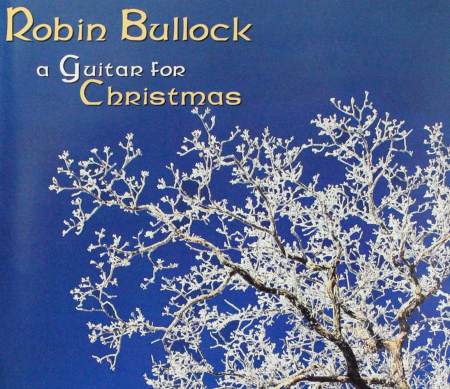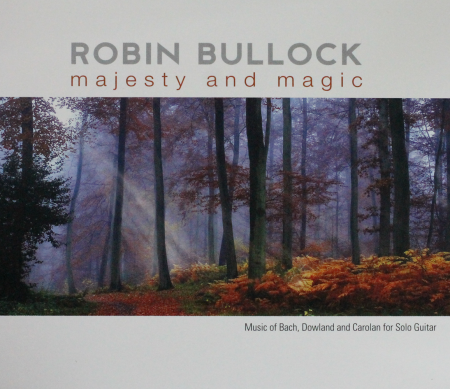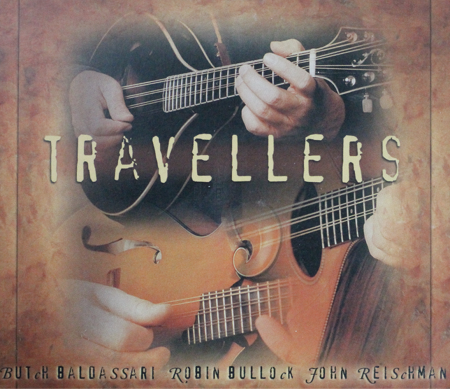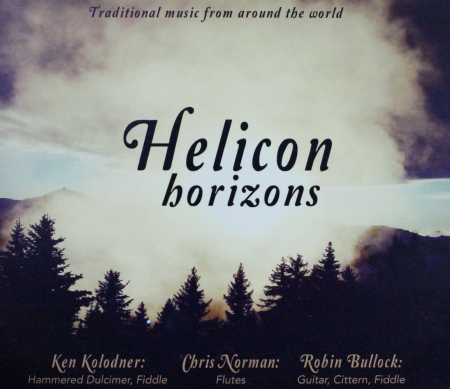Description
1. Angelus ad Virginem
2. Hark, the Herald Angels Sing
3. Christmas Day in the Morning / Bring a Torch, Jeanette, Isabella / In Dulci Jubilo / Yeoman’s Carol
4. Angels from the Realms of Glory
5. What Child is This
6. Deck the Halls
7. Furry Day Carol / Miss Murphy
8. Carol of the Bells
9. Here We Come A-Wassailing / Joy to the World
10. Jesus Won’t You Come By Here / Go Tell It on the Mountain
11. Wexford Carol
12. O Come O Come Emmanuel / Light of Love / Sussex Carol
13. Rorate
14. The First Noël
15. O Little Town of Bethlehem
16. Lo, How a Rose E’er Blooming
Liner Notes
Solo guitar on all selections except Hark, the Herald Angels Sing (three guitars), What Child is This (guitar and 12-string guitar) and Rorate (guitar and soprano guitar). All instruments played by Robin Bullock.
1. Angelus ad Virginem
14th century, from The Oxford Book of Carols.
2. Hark, the Herald Angels Sing
The tune to this classic carol was composed by Felix Mendelssohn as part of his cantata Festgesang in 1840. The words, however, had been written by Charles Wesley well before that, in Hymns and Sacred Poems in 1739, and somewhere along the line somebody got the idea to bring the two together.
3. Christmas Day in the Morning / Bring a Torch, Jeannette, Isabella / In Dulci Jubilo / Yeoman’s Carol
A set of four tunes that have very little in common except an overall feeling of joyousness, and consequently fit together quite nicely (I happen to think). “Christmas Day in the Morning” is a fiddle tune from the Shetland Islands, north of Scotland, where it’s traditionally played on Christmas morning to welcome the day. “Bring a Torch, Jeannette, Isabella” (Un flambeau, Jeannette, Isabella) is a well-known French carol, “In Dulci Jubilo” (also known as “Good Christian Men Rejoice” is a German melody dating back to the 14tu century, and the “Yeoman’s Carol,” with which it shares its opening phrase, is another from the Oxford Book.
4. Angels from the Realms of Glory
A carol that I heard growing up in the Methodist church. Words by James Montgomery, 1825; tune by Henry T. Smart in Psalms and Hymns for Divine Worship, 1867.
5. What Child is This
William Chatterton Dix wrote the lyrics that turned this song into a Christmas carol in the 19th century, but the tune, of course, is the most famous English lute song of all, “Greensleeves,” which dates back to at least the mid-1500s and is mentioned twice in Shakespeare’s The Merry Wives of Windsor. The unusual harmonization on the third verse comes from John Fahey. (See note to track 10.)
6. Deck the Halls
Pianist Liz Story’s waltz version of this old chestnut inspired me to try it in 5/4 time, which now sounds as “right” to me as the traditional rhythm. Go figure…
7. Furry Day Carol / Miss Murphy
I originally encountered the first tune as a lesser-known melody for the Christmas carol “I Saw Three Ships,” but it also appears in the Oxford Book as a spring carol under the delightful title “Furry Day Carol.” This title, alas, has nothing to do with werewolves or shape-shifting; “furry” in this case is simply a corruption of the Latin feria, holiday (whence “village fair”). The second tune is a composition by the legendary Irish harper/composer Turlough O’Carolan (1680-1738).
8. Carol of the Bells
Originally part of the choral work Shchedryk by Ukrainian composer Mykola Dmytrovich Leontovych (1877-1921), first performed at Kiev University in December 1916. English lyrics were added in 1936 by Peter J. Wilhousky (1902-1978), a composer, lyricist and conductor who worked with Arturo Toscanini on NBC radio. “The title chosen by New Jerseyite Wilhousky was ideal, for ‘Carol of the Bells’ is not only extremely suitable as a characterization of the melody, but also is completely harmonious with the old Slavic legend on which Shchedryk is based. At midnight on the night Jesus was born, the legend claims, every bell in the world rang out in his honor.” – William Studwell in The Christmas Carol Reader
9. Here We Come A-Wassailing / Joy to the World
In which two beloved carols go hitch hiking through the American south, picking up some Nashville drive and some Mississippi Delta mojo.
10. Jesus Won’t You Come By Here / Go Tell It on the Mountain
An homage to one of my musical heroes, the late guitarist John Fahey. Fahey recorded one of the first and still one of the best solo guitar Christmas albums, The New Possibility, in 1968, and re-recorded most of it in 1982 under the title Christmas Guitar Volume One. This medley appeared the second time around, in more or less this arrangement (though I’ve added verses to “Go Tell It on the Mountain” that Fahey chose to omit).
11. Wexford Carol
Traditional Irish carol from County Wexford.
12. O Come O Come Emmanuel / Light of Love / Sussex Carol
The first piece was originally a Franciscan chant from the 15th century. English words (translated from 12th century Latin) were added in 1851 by John Mason Neale, who also wrote the words to “Good King Wenceslas.” “Light of Love” is an old English ballad tune, again mentioned in Shakespeare, this time in Much Ado About Nothing. I learned it from my friend, Maryland multi-instrumentalist and composer Jared Denhard. The “Sussex Carol” comes from Sussex, England (no surprises there), and is also known as “On Christmas Night All Christians Sing.”
13. Rorate
Traditional Scottish carol. The full opening phrase is Rorate coeli desuper, or “Drop down ye heavens from above.”
14. The First Noël
I previously recorded this on mandolin on the CD A Midnight Clear – a track that eventually showed up on my Christmas Eve Is Here CD – but my guitar wanted to sing it too, so here it is again!
15. O Little Town of Bethlehem
An arrangement combining two melodies to the poem by Bishop Phillips Brooks (1835-1903), the first composed by Bishop Brooks’s organist Lewis Redner, the second from The English Hymnal.
16. Lo, How a Rose E’er Blooming
A 15th century German carol (Es ist ein’ Ros entsprungen) first published in the Speierschen Gesangbuch in 1600, and arranged by Michael Praetorius in 1609.















